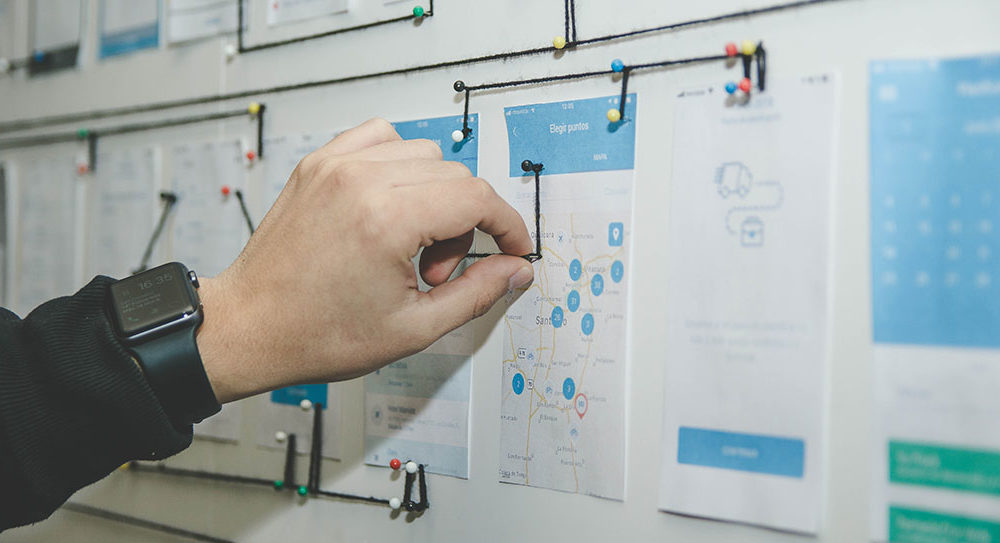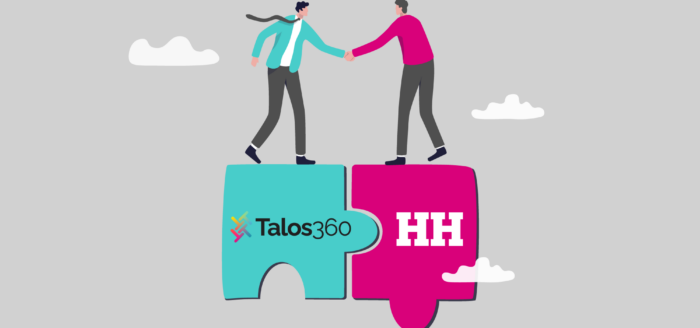
If you’ve been following our articles on designing the future of recruitment you’ll know that, so far, we’ve done the following: aligned the team around our objective and diagnosed the problem.
After we felt like we had a good grasp of the problem we were facing, we’d naturally started to come up with lots of ideas and ways that we felt we might make the platform better. There were a lot of things that we felt we wanted to improve, and we had plenty of big ideas on how we could improve them.
But where to begin? What would help us achieve our objectives? Which ‘thing’ would deliver the most value, fastest?
Impact Mapping
According to Adzic Gojko: “an impact map is a visualisation of scope and assumptions, created by senior technical and business people.” It’s basically a mind map facilitated by asking the following four questions: Why? Who? How? What?

One of the great things I find with impact maps is, alongside aligning everyone and getting that all-so-important shared understanding, you can point to any idea on there and immediately see/answer:
- What are we doing?
- Why are we doing it?
- Who is it for?
- How will we measure it?
- How does it relate to our overall objectives?
This makes feeding the design process and setting up experiments that we can learn from much simpler. Also, you can point back to it and get buy-in for your experiments from all levels of the organisation who have been involved in the mapping.
Our team for the session was comprised of Simon (the CEO), Anna (the CTO), Alex (Sales & Commercial Director), Ellie (Operations & Product Manager) and myself. With their combined knowledge and experience, plus a shared understanding of our research to date, we were in a good position to being prioritising our start-point.
Our overall objective was to increase engagement with the platform within the next six months. We broke down engagement further, to be a combination of: total jobs posted on the platform; number of active employers; number of subscribing agencies; decrease in agency churn; and, finally, staff retention.
We also identified three additional actors: Account Managers and Sales Team (both internal), and Investors, as these are the additional people also involved in order for us to achieve the desired impact.

One thing I really like about impact mapping was that we have an objective (goal) and some people who are involved in helping us reach that goal (actors). The “how” section focuses on how to better support them, or change their behaviours to increase the likelihood of Hiring Hub achieving that objective. By the time we got to the “what” it was really clear what the “what” needed to do – making framing the problem a lot easier.
On reflection, this was a good way to get everyone’s ideas out into the open and link them to meaningful impact towards achieving our overall objective of increased engagement with the platform.
It also left us in a great place to take some of these ideas forward and begin ideation, design and prototyping. Which we’ll cover in the next article!


